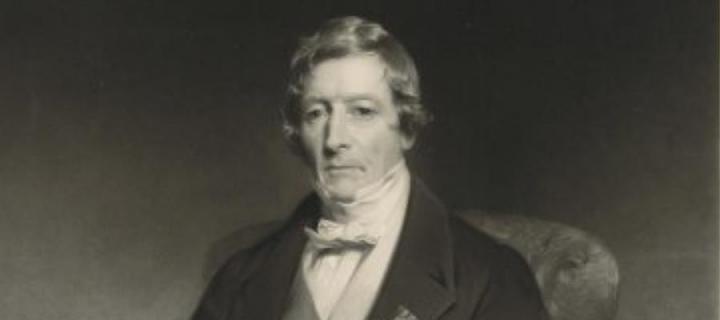Thomas Brisbane (1773-1860)
Celebrated Scottish astronomer, soldier and Governor of New South Wales.

To coincide with this month’s Australia Day celebrations, we examine the professional life of Sir Thomas Brisbane (1773-1860), who served as sixth Governor of New South Wales.
With no fewer than 10 locations named in honour of Largs-born Sir Thomas – including one of the Moon’s craters and the much-loved Australian city – his influence during his relatively short tenure as Governor is clear.
Distinguished
Having studied mathematics and astronomy at the University of Edinburgh, Sir Thomas joined the British Army in 1789, enjoying a distinguished career in Flanders, the West Indies, Spain and North America. Indeed, such was the impression he made that it was the Duke of Wellington himself who made the recommendation that Sir Thomas serve in Australia in 1821.
As Governor of New South Wales – a post he held until 1825 – he immediately began working on a series of reforms to tackle the problems of a rapidly expanding colony. This included improvements to the land grants system, currency reform, and experiments in growing tobacco, cotton, coffee and flax.
Famous city
His Edinburgh studies served Sir Thomas well. His keen interest in science led him to become the first President of the Philosophical Society of Australasia (now the Royal Society of New South Wales) and he established the colony’s first agricultural training college, also assuming the role of first patron of the New South Wales Agricultural Society.
It was during this period that the famous city that now bears his name was established, a fact that is entwined in the history of the transportation of convicts to the area from Great Britain.
Sir Thomas was looking for a new site to house repeat offenders and was shown an area around a large river at Moreton Bay. By 1824, convicts had moved in and both the river and the area became known as Brisbane. By 1839 it had become open to free settlement.
Love for astronomy
Beyond his military and civil service, Sir Thomas’s great love was for astronomy, an expertise he had honed at the University of Edinburgh. The observatory he had constructed at his first home in Australia recorded the first detailed observations of southern hemisphere stars from the continent and was where Enke’s comet was discovered in 1822. Remnants of Sir Thomas’s books and equipment are still held in the Sydney Observatory.
After returning to Scotland, he was elected President of the Royal Society of Edinburgh in 1832, succeeding Sir Walter Scott, and was created a baronet in 1836. While continuing his astronomical research, he received honorary degrees from both Oxford and Cambridge universities, and was President of the British Association for the Advancement of Science.
Legacy in Largs
He regarded his greatest achievements, however, as those that benefited his own community. He established the Largs Brisbane Academy to give local children the opportunity of a better education, and made provision for a new sewage system in the town to clear the streets of dirty water. This effectively reduced the prevalence of deadly diseases in the area, including the scourges of cholera and typhoid. He is remembered in the town today in the names of Brisbane Glen, Brisbane House and the Thomas Makdougall Brisbane Bridge.
On his death in 1860, Sir Thomas was rightly lauded: dedicated military leader, effective governor and celebrated astronomer. His memorial can be seen today in the grounds of the kirk in his hometown of Largs.

